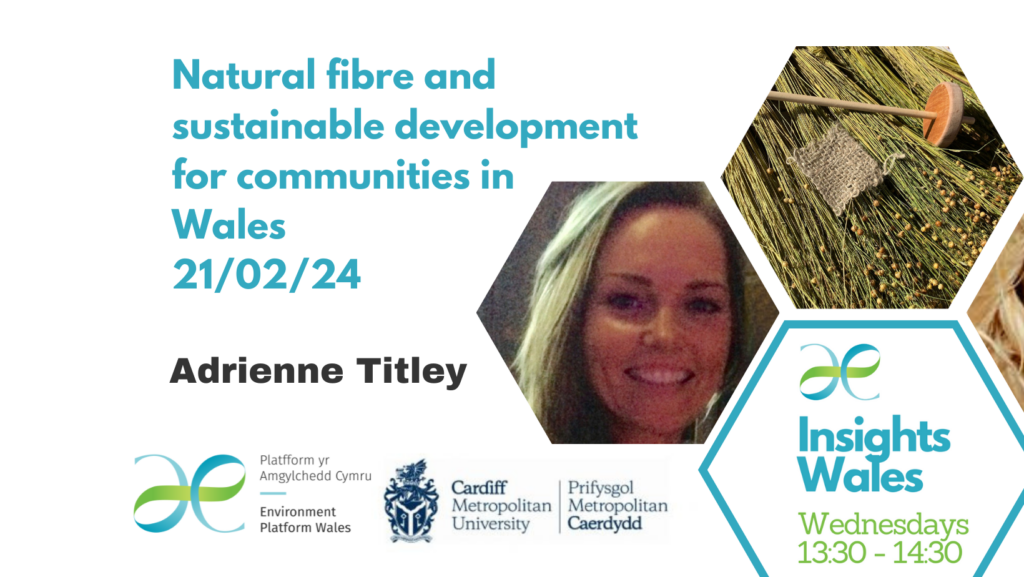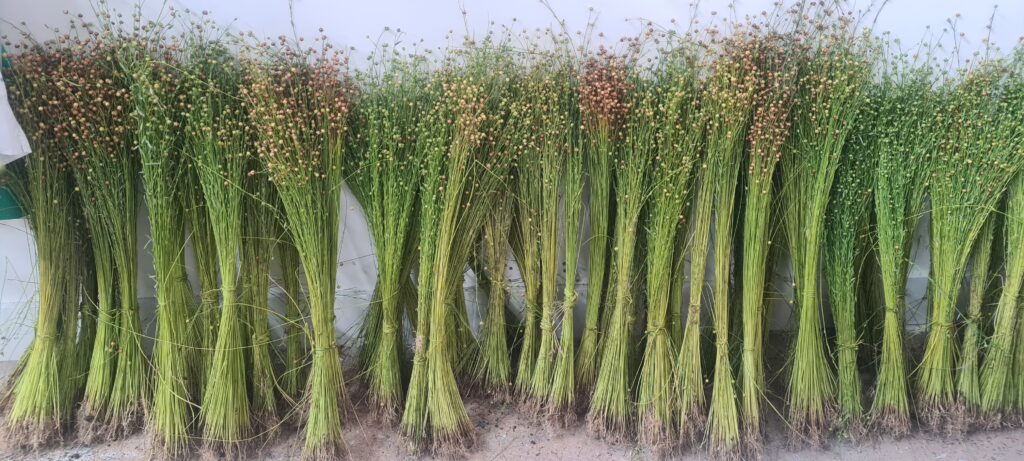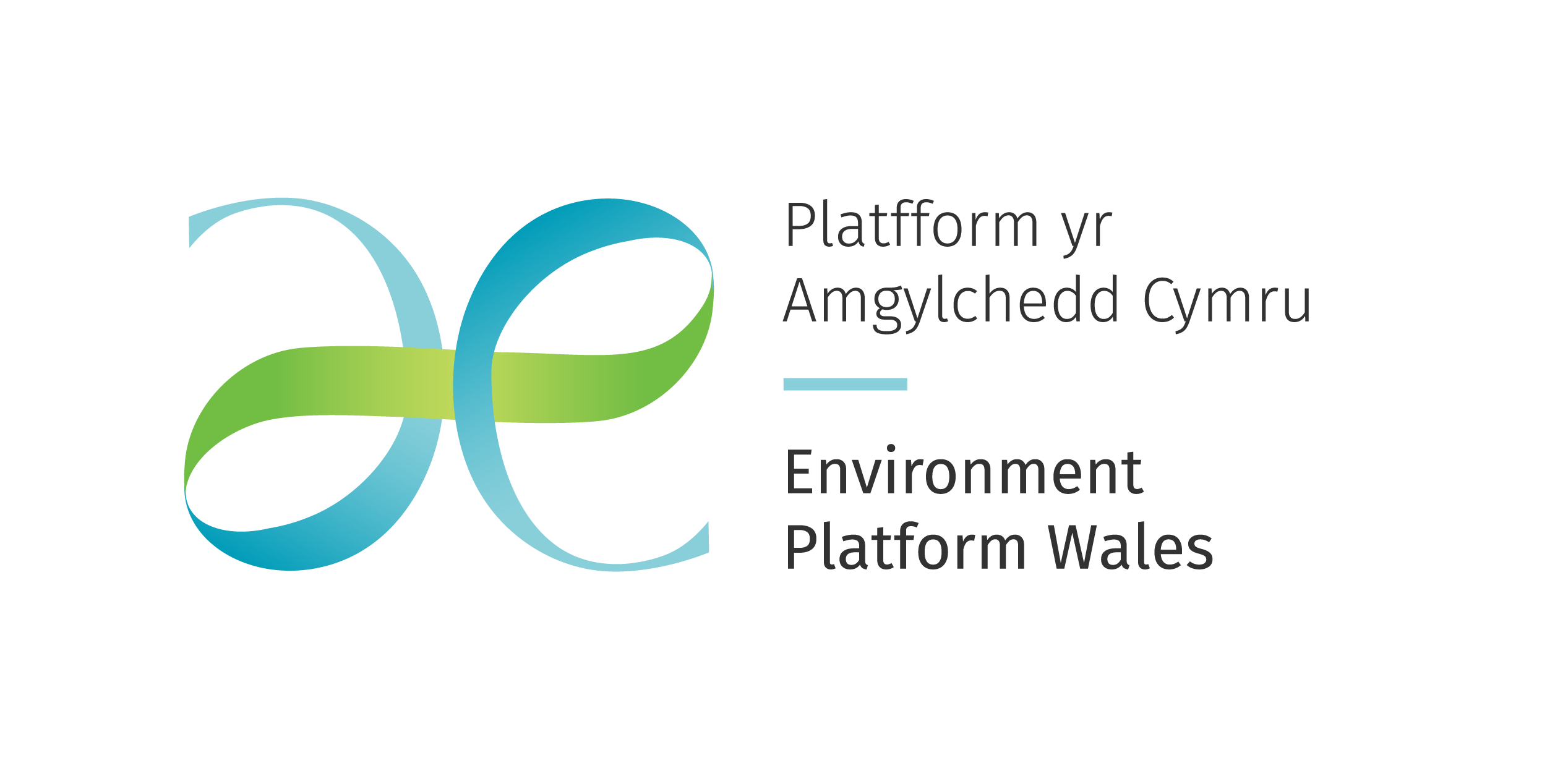Adrienne Titley | Cardiff Metropolitan University

Flax is a sustainable source of natural fibre with a rapid growth rate and able to survive solely on rainwater. It is traditionally processed and woven (by hand), into linen using specific techniques. It is the oldest, known fibre, which is still in existence and use, with specimens discovered in Europe that are dated to 40,000+ years old.
There is evidence that historically, flax was grown and processed in Wales but with the mass production of synthetic materials becoming more prevalent, along with other economic factors, its cultivation in Wales became redundant. In recent times however, linen has once again become internationally popular because of its many inherent and sustainable qualities. Subsequently, part of my research involves working alongside curators at Amgueddfa Cymru to document the history of flax in Wales.
During her research, Adrienne has developed an understanding of the benefits of learning about Welsh local sustainable natural fibre; environmental awareness, tangible learning experiences and the historical and cultural contexts of production and industry in Wales. With these factors in mind, the flax to linen process, as a pedagogical approach, has the potential to address all seven Well-being Goals for Wales.
About the Speaker
Adrienne’s doctoral research is looking at how flax-linen processes may benefit the Curriculum for Wales, She is also co-founder of Fibreshed Wales, a core member of Sustainable Growing Futures (SGF) project at CMU and an honorary research fellow with Amgueddfa Cymru. She will discuss how these projects and research are interwoven; with an emphasis on the cultivation of flax and fabrication of linen in Wales.





